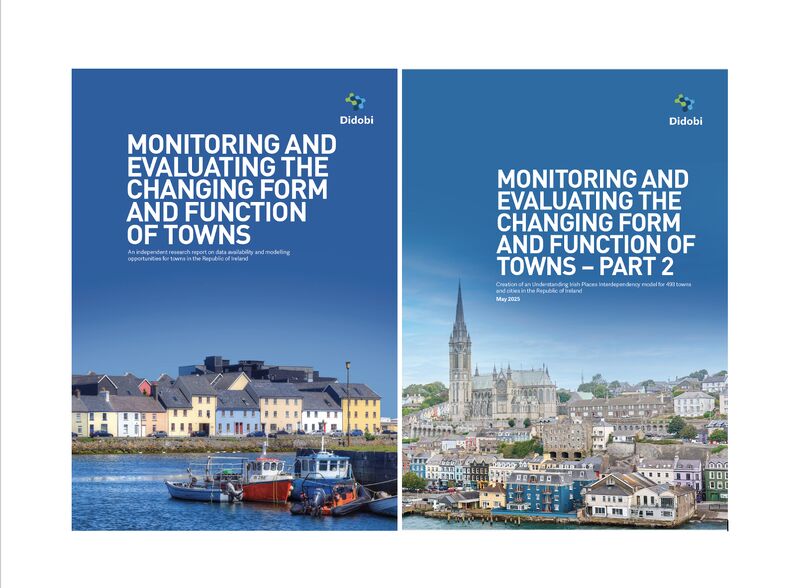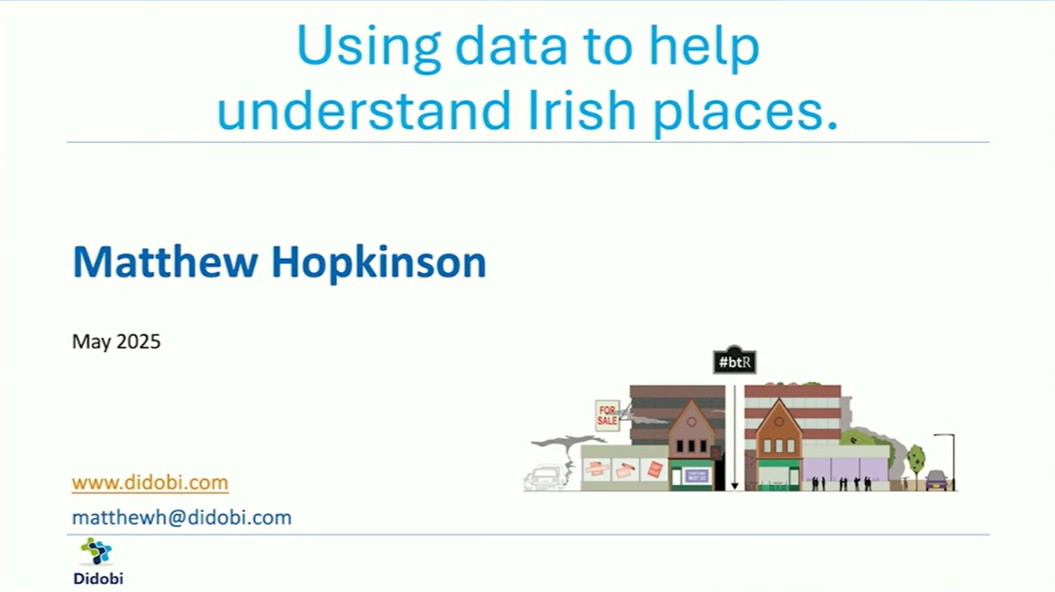
Are footfall stats as relevant and significant as they once used to be?
Footfall has been a key health barometer for shopping locations but in light of the changing purpose of our shopping places and the rise of leisure uses is it as significant as it once was? Regularly footfall statistics are published by a number of providers and often there can be differences in numbers and trends, which I presume are a result of differing collection methods, locations and analysis. There have been new entrants in the market as well, namely the mobile phone operators who track every movement of our mobile phones.
I think greater clarity is required as to what is counted, where and how as it is very easy to make broad brush statements about changes in footfall but unless you have carried out consistent counts on a comprehensive scale then it is dangerous to make broad brush statements as to the health of our retail places. As data collectors, aggregators and insight providers this topic is close to my heart and one that I continually strive to ensure is improved in what we analyse and publish. Clarification of the dataset, methodology and update sequence is key for credibility in my view. By way of example the two best known stats that we publish at LDC are vacancy rates and the openings and closures of businesses. In the case of town centres for example, this will be based on either the top 500 or 650 town centres (based on the government’s definition of the retail core of that town not an area we have made up or unilaterally decided to walk). This is then also applied to specified numbers of shopping centres and retail parks that we visit.
Now the important piece from me with data is that it needs to be bottom up and not top down. By this I mean that as we collect data shop by shop then we can roll this up to a street, the town centre, a region and a country. This level of analysis is key if one is to get a true understanding of what changes are taking place.
In days gone by footfall was a key barometer as our only way to feed and clothe ourselves was to visit shops which fifty years ago were only in towns, then we saw the arrival of supermarkets, then the growth of shopping centres and most recently the increasing number and significance of retail (shopping/leisure) parks. Whilst the UK population has increased it has not increased at a level that would not mean that by default footfall would be diluted significantly from town centres to these ‘new’ locations, many of why could be reached by our preferred method of transport – the car! It has therefore always been a surprise to me that certain organisations with responsibility for our towns failed to identify this change and continued to champion the health of towns or that a temporary blip had occurred whilst the reality was structural change and in the case of towns ‘not all boats were rising on the tide’. LDC publishing its vacancy stats from 2009 onwards was very unpopular with some of these organisations as it shined a spotlight on this structural change and only recently has there been official acknowledgement that footfall has declined by c.20% in many town centres. From 100% of spend taking place in town centres to c.50% of spend today it is of no surprise that this has happened and the failure to recognise and manage this decline is the real crime.
On top of these structural changes we saw the arrival of the internet in the 2000’s with internet sales rising exponentially to over 13% today and many top retailers seeing over 25% of their sales coming from online sales fuelled by better retailer websites, connectivity, device ownership and the bricks and clicks relationship being mutually beneficial rather than competitive. The John Lewis Partnership now has 29% of its sales coming from online and the growth of online was +19.5% and in shops +3.5% over the last year. Online sales now deliver sales of £1.1bn from £269m in 2008! The impact of this on footfall is the crux of my question as we know that the majority of people research online, visit stores to see smell, touch and feel the products of interest and then will often use social media to get peer approval and feedback before then heading home and ordering online. Now, here is where the challenge comes because it could be argued that lower footfall may be having higher conversion rates for retailers as consumers are more focused on their shopping trips and not in browse mode as on the past. This means that less visits are required but not less purchases. John Lewis customers who spend £168 online, £264 in shops but £864 if both channels are shopped proves this. How can footfall data account for this change unless we have the golden goose in hand which is spend figures from the banks and credit card providers? Show rooming is the terminology of this fundamental change and my challenge to you as interested parties is how do we marry footfall with spend to create the real profitability and purpose of bricks in this new ‘total retail’ world.






Leave a comment: